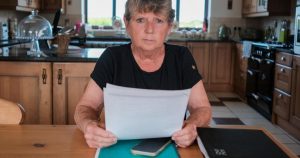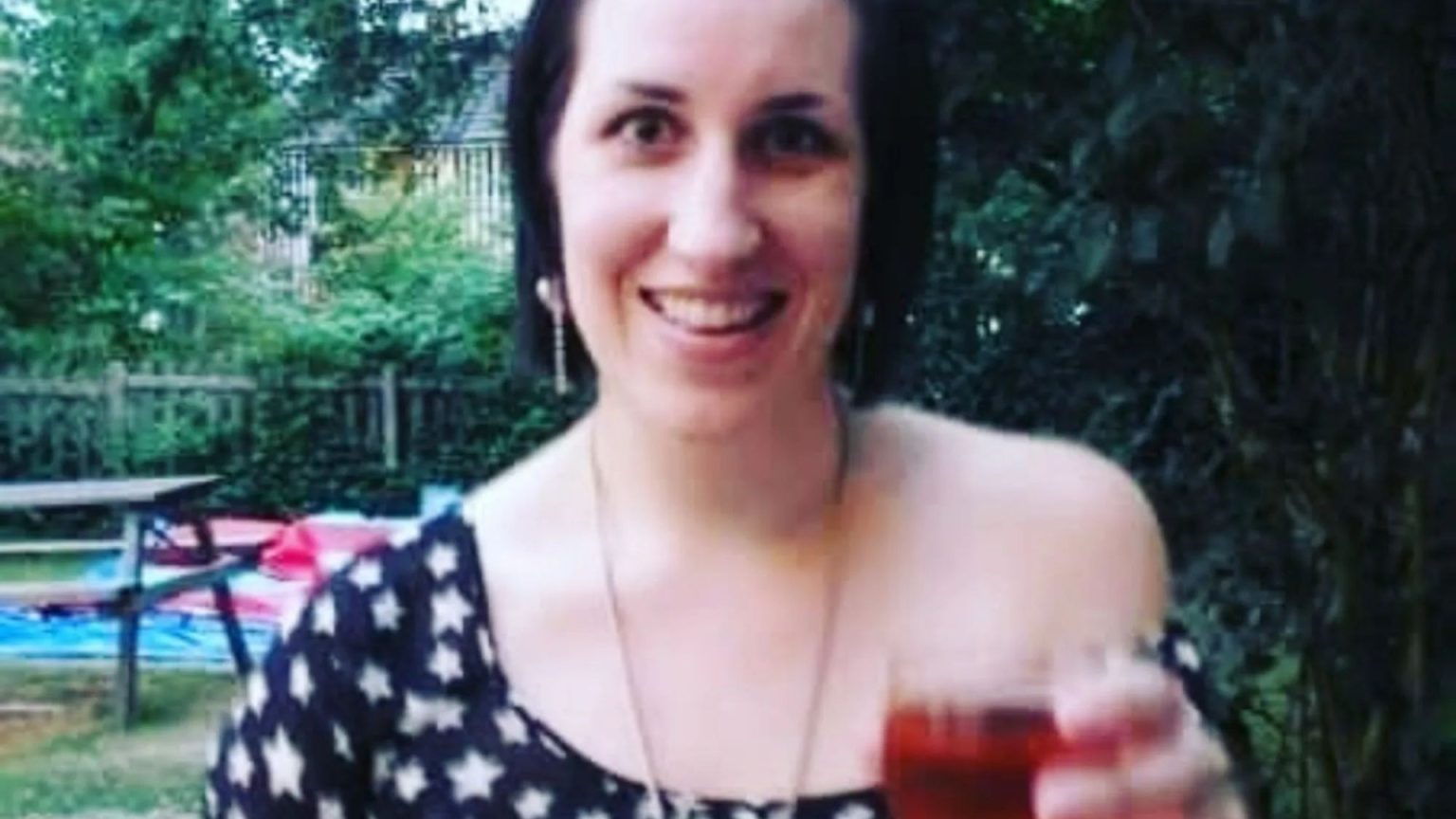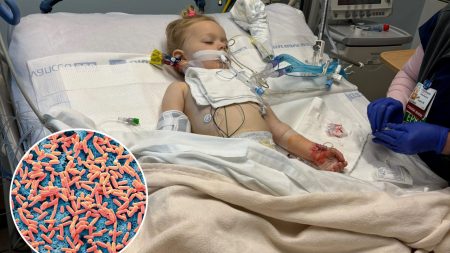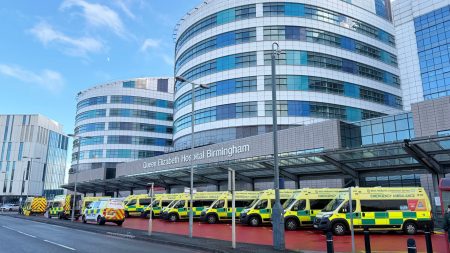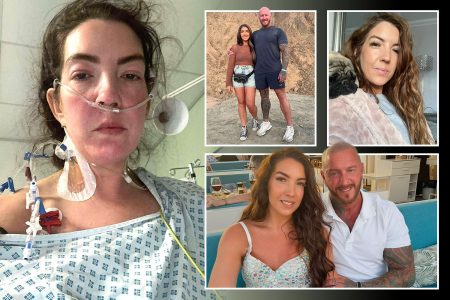On Christmas Day 2004, 24-year-old Anna Smith-Higgs experienced a sudden onset of strange symptoms while celebrating her son Henry’s first Christmas with her family. Initially dismissed as being drunk due to having consumed a few glasses of wine, Anna’s condition rapidly deteriorated. She dropped a cup of coffee, experienced difficulty speaking, and felt overwhelmingly cold. Her family, unaware of the seriousness of the situation, attributed her symptoms to intoxication, a seemingly plausible explanation given that she hadn’t consumed alcohol during her nine-month pregnancy. Unaware that a stroke had silently struck, Anna was put to bed, and the true nature of her ailment remained masked.
The following morning, Anna’s sister visited and immediately recognized the gravity of the situation. Anna’s face had drooped, her speech was slurred, and she exhibited clear signs of neurological impairment. An ambulance was called, and paramedics, suspecting a stroke, transported her to Harlow hospital. However, due to the holiday, the hospital was operating with limited staff and resources, preventing an immediate MRI scan. Anna was transferred to Addenbrooke’s Hospital where an MRI confirmed the devastating diagnosis: she had indeed suffered a stroke. At 24, she was the youngest patient the stroke unit had ever treated.
Anna’s life took a dramatic turn. She spent the next five months undergoing intensive rehabilitation. Surrounded by much older patients, some of whom tragically passed away during her stay, Anna grappled with the physical and emotional aftermath of the stroke. Her speech was impaired, her vision significantly affected, and the right side of her body weakened, confining her to a wheelchair. The bond with her infant son, Henry, weakened as he spent most of his time with her partner and mother due to her extended hospitalization. The stroke’s impact permeated every aspect of her life, leaving her feeling lost and vulnerable.
The road to recovery was long and arduous. Anna struggled with aphasia, an inability to retrieve words, and had to relearn basic tasks. She spent two years largely confined to her bed, consumed by fear of another stroke. The simple act of going to the toilet became a monumental challenge. The emotional toll was equally significant. Anna experienced bouts of uncontrollable crying and struggled to accept her new reality. It wasn’t until five years later that she finally acknowledged her disability and began to actively seek help. Antidepressants and counselling provided some relief, helping her navigate the complex emotional landscape of stroke recovery.
The cause of Anna’s stroke remains a mystery, adding to the emotional burden. The uncertainty and the inability to prevent another stroke weighed heavily on her mind. Despite the unanswered questions and the lingering physical limitations, Anna’s spirit remained unbroken. She persevered with her rehabilitation, learning to perform everyday tasks with her left hand, including writing, applying makeup, and styling her hair. She embraced adaptive technologies, utilizing a DES machine to aid her walking. Though still reliant on a wheelchair when fatigued, she refused to let her physical limitations define her.
Anna’s journey took an unexpected and empowering turn when she discovered burlesque. Five years ago, she embarked on this new venture, finding confidence and self-expression through performance. Sharing her story through burlesque became a source of empowerment and a way to raise awareness about stroke. She has performed at prestigious venues, captivating audiences and moving them with her resilience. Anna’s story highlights the importance of acceptance, self-kindness, and the transformative power of pursuing one’s passions. Her experience serves as a testament to the human spirit’s capacity for resilience and the ability to find strength and purpose even in the face of adversity. Her advocacy work, combined with organizations like the British Heart Foundation, emphasizes the critical need for continued research and support for those affected by stroke and other circulatory diseases.

